Editor’s Miscellany: Thom Filicia’s American Beauty
November 22, 2012
By Kyle Hoepner
Looking to get started a day early on your Black Friday shopping? I can recommend a holiday gift for the architecturally inclined on your list–even for some of your friends who might usually be resistant to decorating books. Designer Thom Filicia has just come out with American Beauty: Renovating and Decorating a Beloved Retreat, which details the acquisition and transformation of a weekend house in New York’s Finger Lakes region, close to where he grew up.
Rather than the more usual photographic overview of many different designs, American Beauty is an in-depth treatment of a single project, a graceful blend of renovation how-to and design inspiration that charts, step by step, how an initially unassuming Skaneateles lakeside dwelling was transformed into a character-filled retreat for two men (Filicia and his partner, Greg Calejo), and frequently many of their friends and relations.
Filicia was kind enough to speak with me this week from the house itself, where he is spending the Thanksgiving holiday.
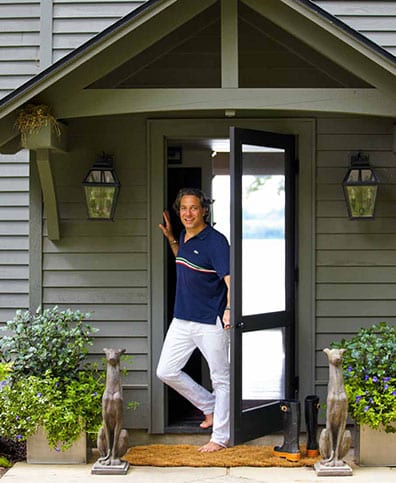 Photographs by Eric Piasecki, courtesy of Clarkson Potter/Publishers
Photographs by Eric Piasecki, courtesy of Clarkson Potter/Publishers
KH: At what point did you decide to make your renovation project into a book? The germ of the idea, at least, must have been in your mind, given how many photos document the process from the very beginning.
TF: When I originally purchased the house in 2008 we were going into winter, so I had a little bit of time–four to five months–to consider what we were going to do. I thought to myself that this could be a really interesting thing to document, either just for myself, creating an album, or to make into a book.
We had just gone through major problems with the economy, so I was feeling that the next phase in renovation and design would be about taking what you have and making it better, rather than creating everything brand-new. When walking people through the house, I could tell they thought I was out of my mind for buying it. I could see possibilities in something most people felt didn’t have value. The book is a great opportunity to talk about taking things that are old and unloved, that seem disconnected from how we live now, and making them feel relevant again.
 The house, before
The house, before
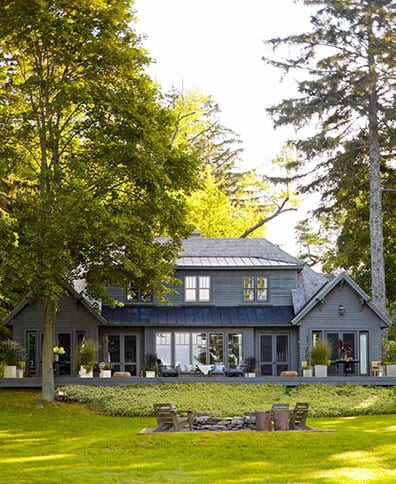 The house, after
The house, after
Many creative people hate working for themselves as clients. How was it for you?
It’s always difficult to work for yourself; you really have to dig to figure out your starting point. I was lucky that this house was so much about being part of the community. I pulled inspiration from what was around me, to keep the house connected texturally to where it is.
Now I’m doing my house in Manhattan, which is harder. An apartment in the city is a very different thing.
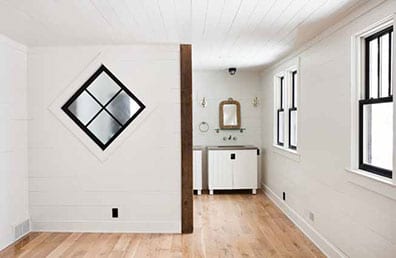 The master bedroom in progress. Several of these design elements are applied consistently throughout the house.
The master bedroom in progress. Several of these design elements are applied consistently throughout the house.
I particularly like your straightforwardness about formal concerns–how a rough wood post in the master bedroom, for example, relates to similarly rustic materials elsewhere. Likewise, you spend a lot of time talking about building in elements of consistency throughout the house. How do you find the right balance between those elements and the more odd, one-off pieces that can give a room its spark?
The word balance is something I really like in all aspects of my life–friendships, relationships, work–and also in terms of design and communication. It’s a matter of finding that sweet spot where the design feels thoughtful and makes sense with its environment–place, architecture and lifestyle. I want it to be sophisticated but not too sophisticated, relaxed but not too relaxed.
The consistent elements are the background that tells the story about the architecture and where you are; the one-off pieces tell about who lives there now. I call them “moodsâ€; those things evolve and change and give a lot of soul and personality to a space.
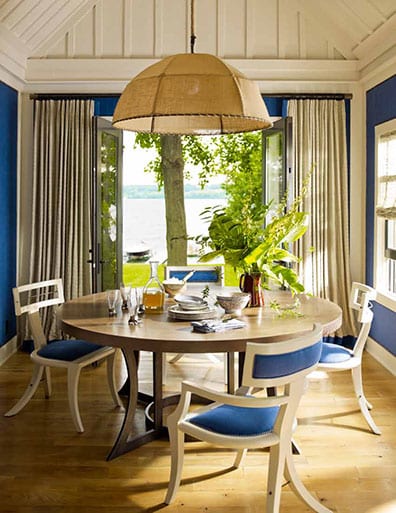 The dining room, full of echoing curves and complementary materials
The dining room, full of echoing curves and complementary materials
I swore to myself that I wouldn’t mention Gay Eye for the Straight Guy. But–in a way this book seems to share the same intention: advocating for why good design matters and can make life better, but in a very no-nonsense way that may be more palatable to a “decorator-phobic†audience. Is this intentional?
Yes, absolutely. That’s my personality, how I approach things. I enjoy “the democracy of designâ€: design for everybody–people who know a lot and those who are just getting acquainted with it, for the seasoned as well as for those who might be intimidated by the idea of a renovation project.
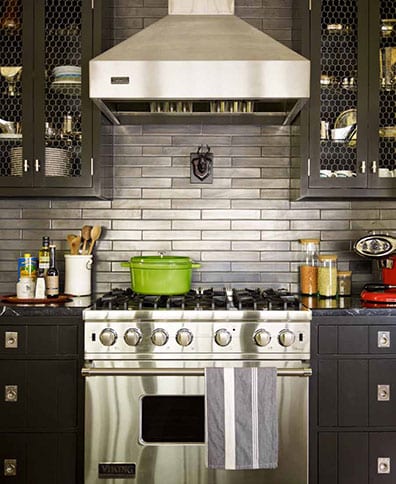 “Rustic yet refined†extends from the nickel-plated chicken wire of the kitchen cabinets…
“Rustic yet refined†extends from the nickel-plated chicken wire of the kitchen cabinets…
 …to the log-clad sunroom.
…to the log-clad sunroom.
If you’d like to ask some questions about the book yourself, Thom Filicia will be signing copies next Thursday, November 29, from 5:00 p.m. to 7:00 p.m. at the Wakefield Design Center in Stamford, Conn. Space is limited, so please RSVP in advance to info@wakefielddesigncenter.com. For more information, call (203) 358-0818 or visit www.wakefielddesigncenter.com.
Share
![NEH-Logo_Black[1] NEH-Logo_Black[1]](https://www.nehomemag.com/wp-content/uploads/2022/08/NEH-Logo_Black1-300x162.jpg)
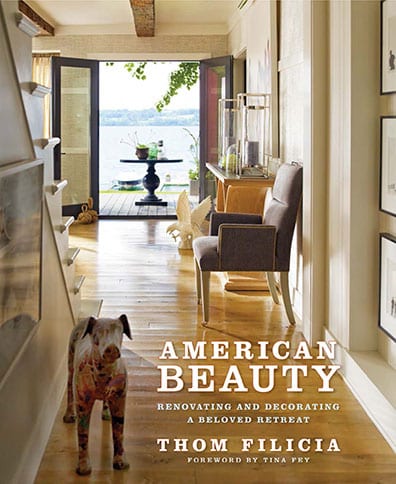





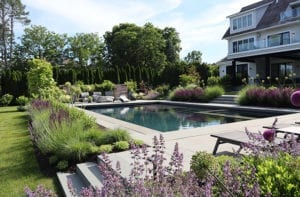
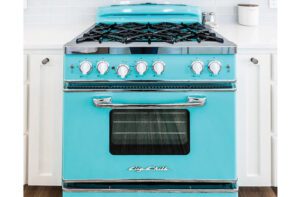

You must be logged in to post a comment.